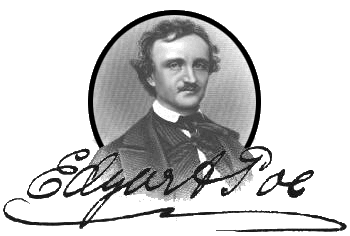 |
| Fr. Robert Busa, S.J.. |
If you can read this article, typed using a computer keyboard, it is greatly thanks to him. If PC and notebook have left the typewriter permanently on the sidelines, if we can compose and decompose texts, perform analysis and researches at the click of a mouse, if we increasingly communicate through virtual messages, this is all greatly thanks to him. Father Roberto Busa, a Jesuit, inventor of computer language, forerunner of the active hypertext on the Web fifteen years earlier than American scientists, editor as well of the monumental Index Thomisticus, died of old age on Tuesday evening at the Aloisianum institute in Gallarate. He withdrew here decades ago, where he also found his friend and co-brother Cardinal Carlo Maria Martini. He would have turned 98 this November and until a few weeks ago he was still very active and engaged in new projects.
The computer was born as a machine for making calculations. Immediately after the last World War, this enterprising Jesuit started working on a colossal job which involved analyzing the St. Thomas’ “opera omnia”, consisting of about nine million words. He had painstakingly drawn, by hand, ten thousand boards, all dedicated to the inventory of the preposition “in”, which he considered essential from a philosophical point of view. Father Busa had a bone to pick: he wanted to connect together expressions, phrases and quotes and compare them with other available sources. This is why in 1949 he knocked on the door of Thomas Watson, the founder of IBM, who received him in his New York studio, listened to him, and finally said: "It is impossible for the machines to do what you are suggesting. You are claiming to be more American than us." The Jesuit did not give up and slid a punched card bearing the multinational company’s motto, coined by Watson himself, under the nose of IBM’s boss: "The difficult, we do it immediately, the impossible takes a little longer.” Busa gave the card back to the founder of IBM without hiding his disappointment. Watson felt provoked, and changed his mind: "All right, Father, we will try. But on one condition: you must promise that you will not change IBM’s acronym for International Business Machines, into International Busa machines."
The computer was born as a machine for making calculations. Immediately after the last World War, this enterprising Jesuit started working on a colossal job which involved analyzing the St. Thomas’ “opera omnia”, consisting of about nine million words. He had painstakingly drawn, by hand, ten thousand boards, all dedicated to the inventory of the preposition “in”, which he considered essential from a philosophical point of view. Father Busa had a bone to pick: he wanted to connect together expressions, phrases and quotes and compare them with other available sources. This is why in 1949 he knocked on the door of Thomas Watson, the founder of IBM, who received him in his New York studio, listened to him, and finally said: "It is impossible for the machines to do what you are suggesting. You are claiming to be more American than us." The Jesuit did not give up and slid a punched card bearing the multinational company’s motto, coined by Watson himself, under the nose of IBM’s boss: "The difficult, we do it immediately, the impossible takes a little longer.” Busa gave the card back to the founder of IBM without hiding his disappointment. Watson felt provoked, and changed his mind: "All right, Father, we will try. But on one condition: you must promise that you will not change IBM’s acronym for International Business Machines, into International Busa machines."
Link (here) to Vatican Insider





























